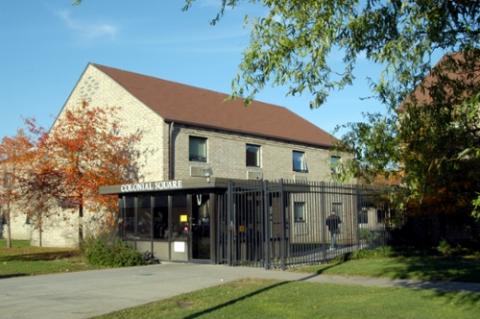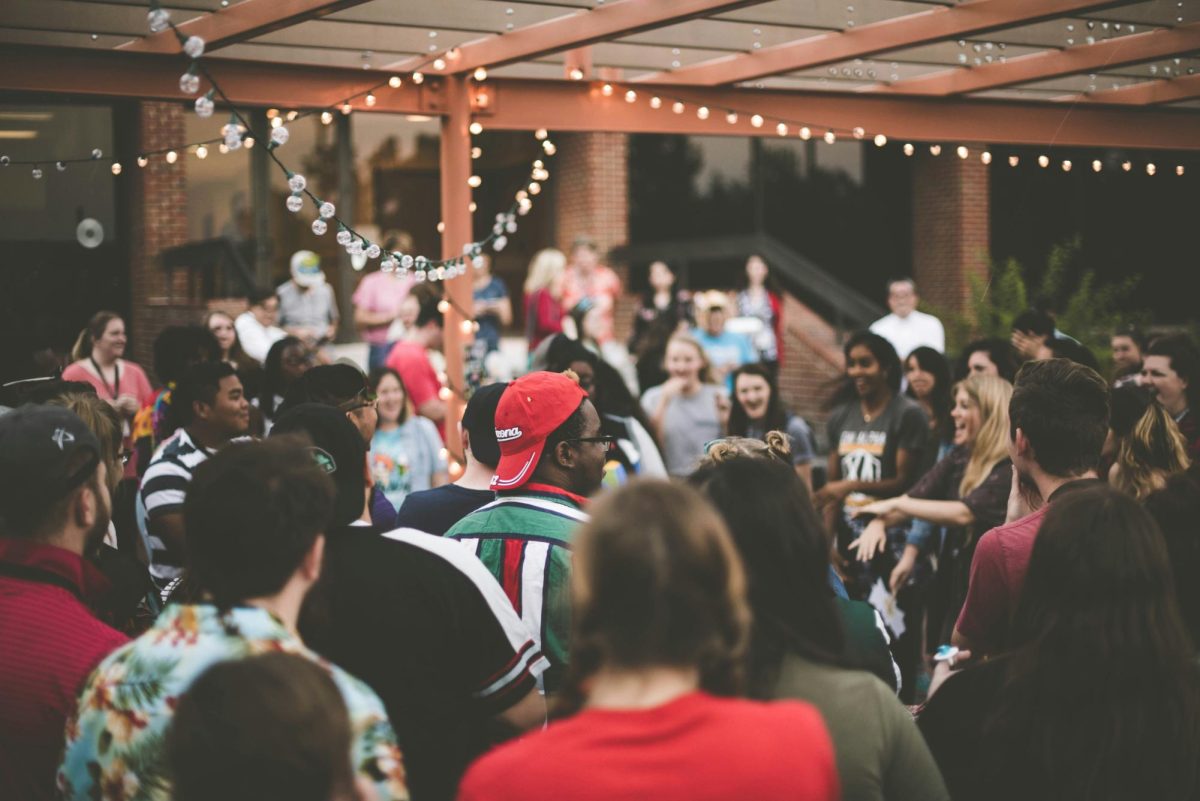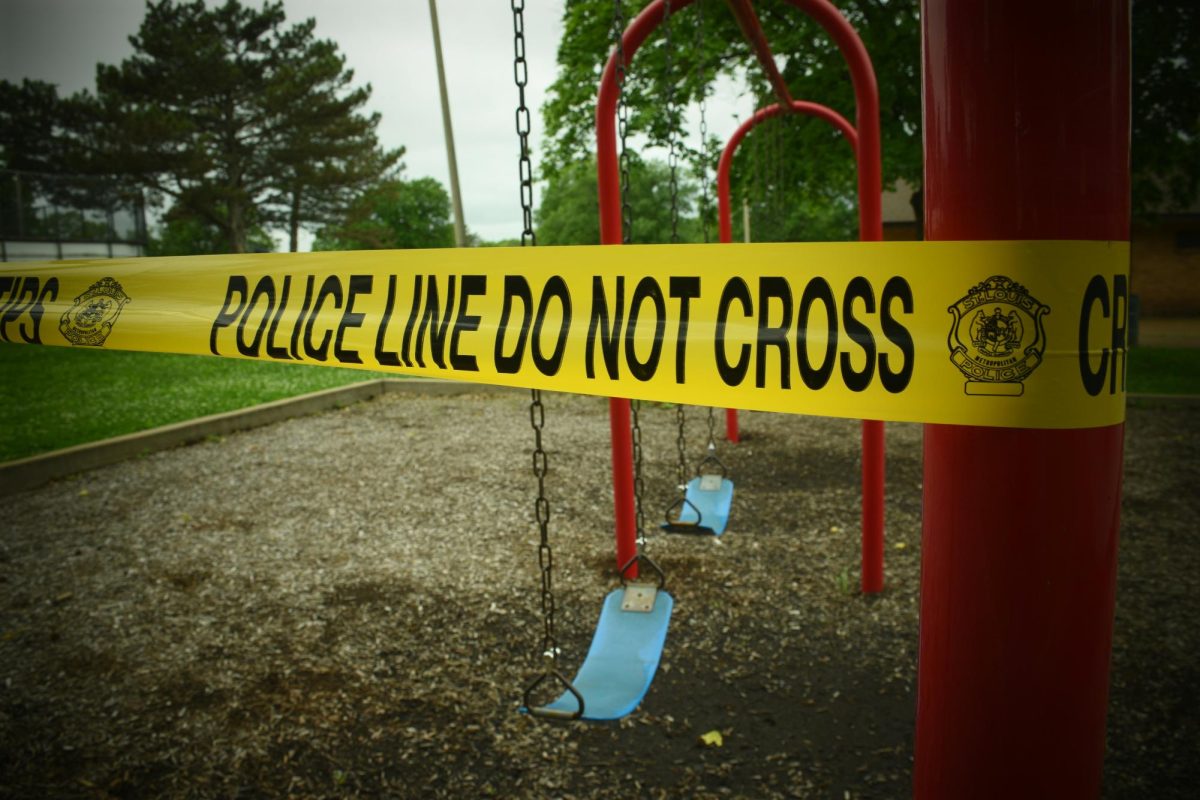There was a visiting pastor to my uncle’s Baptist church who, in a stint of two and a half years, managed to fit in almost every single one of his Sunday sermons the phrase, “God made Adam and Eve, not Adam and Steve.” (Collective groan.) If you’re reading this, you’re most likely attending Hofstra, where our predominantly liberal leaning population decks the campus like our pervasive squirrel population – omnipresent and always searching for food. The type of anti-queer prejudice I saw exhibited weekly in my childhood has not visited me in college. In fact, my experience has been overwhelmingly positive and pro-queer with groups like Nonsense Humor Magazine and The Chronicle itself either accepting or openly championing the right for queer identification. That’s not the case for many other groups in other states, like Texas, where I’m from. There, on good days, you might be lucky to get a side-eye glance or a serving of thinly-veiled revulsion brushed over by a passive-aggressive comment or two. Other days, badly timed trips to the bathroom might pit you against a truly hateful being, or five, whose clumsy mocking insults register as so unfashionable and outdated you’re at first offended on an aesthetic level, i.e. a gay one. But sooner than later, the insults begin to hold inappropriate weight, until they crystallize as garish wounds indelible in their violence, but ephemeral in the act that created them.
These casual, but deliberate, instances of queer prejudice occur enough and with increasing frequency that mainstream media has adopted the term “homophobia,” an unfortunate euphemism coined in 1972 by clinical psychologist George Weinberg, to describe the violence that happens against homosexuals. In the same vein as the media’s designation of gay hate crimes as homophobic, violence against transgender people has been termed transphobic (emphasis on phobic). Unfortunately, these phobic descriptors often leave out the cultural background that helps catalyze these types of events. The fact that queer hate crimes have escalated since the Trump administration is in part due to a normalization of behavior further aided by the faulty linguistic descriptors assigned to the aftermath of violence. The root of the problem, a culture conducive to hatred of the other, might lie in the root of the word homophobia.
The root “phobia,” from the Greek “phobos” meaning fear, is used in clinical psychology to describe a type of anxiety disorder that involves an irrational need to avoid situations, e.g. confined spaces (claustrophobia), or things, e.g. spiders (arachnophobia). This irrational need to avoid was co-opted by Weinberg in the late 1960s by drawing from his personal interactions with colleagues and acquaintances that fit the clinical definition for phobia, i.e. they were avoidant of people who were gay or who they suspected to be gay out of anxiety and fear. Since then, homophobia has been adopted by politicians and social commentators on both sides of the aisle as a catchall term for something highly specific and unusual. The terminological limitations of homophobia extend to its unfinished background; Weinberg never got it to be recognized as a bona fide clinical condition. Instead, it remains as a clinical descriptor akin to test anxiety; helpful, but not specifically treatable. In a 2000 interview he maintains that, “homophobia is an illness, no doubt about that … What worse illness can there be than acute conventionality. You should pray every night that you don’t wake up with it.” Additionally, homophobia by its nature is individualistic. Consequently, the idea of a broad-based attribution of homophobic-influenced systemic violence seems to be contradictory. Instead, the majority of anti-queer violence is a phenomenological process that remains rooted in social ideologies and group matrixes. Phobias are also often disadvantageous to their possessors, while queer prejudice can often be maintained and even allow those who exhibit anti-queer behavior to prosper.
One of the many alternatives to homophobia that have cropped up in recent years is homomisia. Coined in 2003 by then editor-in-chief of “Psychology Today” Robert Epstein, homomisia replaces the suffix “phobia” with the Greek root “misos” which designates hatred or aversion, making homomisia the definitional hatred of homosexuals. Homomisia places the burden of hate on the hater. Conversely, homophobia implies that the subject of fear is somehow legitimately terrifying. Instead, when people talk of homophobia, they’re in fact noting an attitude stemming from ignorance and bias, which homomisia covers. As Epstein notes in a 2012 CommPro article, “Violence against gays is a hate crime, after all; it would be absurd to call it a fear crime. Suggesting that gays are in any sense objects of fear was ludicrous from the beginning, in my view.”
In 2012, the Associated Press banned homophobia, and by extension words like homophobic and homophobe from its roster of words used by their reporters. The move recognized the inadequacies of homophobia’s clinical definition while attempting to disengage mainstream media’s continued misuse of the term. Homomisia has not gained widespread usage (as I type this, Word has all instances of the term underlined in red), and it has problems of its own. It implies, along with homophobia, that its harbingers are irrational and in need of rehabilitation. Additionally, self-proclaimed homomisics have adopted the word to express their hatred of the wicked as an act of righteousness. Karen Edwards, a research scientist and writer, suggests the more comprehensive, less problematic and thoroughly clunky “pro and anti-LGBTQ+” constructs. Edwards sees the terms as the best way “to resolve the inherent theoretical biases, incendiary undertones and sexist implications embedded in the terms homophobia, homomisia and anti-gay as presently defined.” Although changing our language won’t immediately affect the violence already happening, it helps to foster a collective understanding in which the idea of tolerance manifests first through our empathic appreciation of what others find comfortable.
The views and opinions expressed in the Editorial section are those of the authors of the articles. They are not an endorsement of the views of The Chronicle or its staff. The Chronicle does not discriminate based on the opinions of the authors. The Chronicle reserves the right to not publish any piece that does not meet our editorial standards.








Kdawn.karen@gmail.com • Aug 2, 2024 at 5:46 pm
“Edwards sees the terms as the best way “to resolve the inherent theoretical biases, incendiary undertones and sexist implications embedded in the terms homophobia, homomisia and anti-gay as presently defined.”
It seems to me that this move to finding language that exposes the true root issues of this behaviour must clearly place the KNOWLEDGE of their ugly emotional responses squarely in the center of the vision of these people who hate “the Other”, especially since that hatred is also endemic to racists, misogynists, and other such misanthropes. They hate anyone who isn’t like them, so in their minds members of the LGBTQIA+ community are as much fair game as POC, Muslims, Jews … anyone, in fact, who isn’t them.